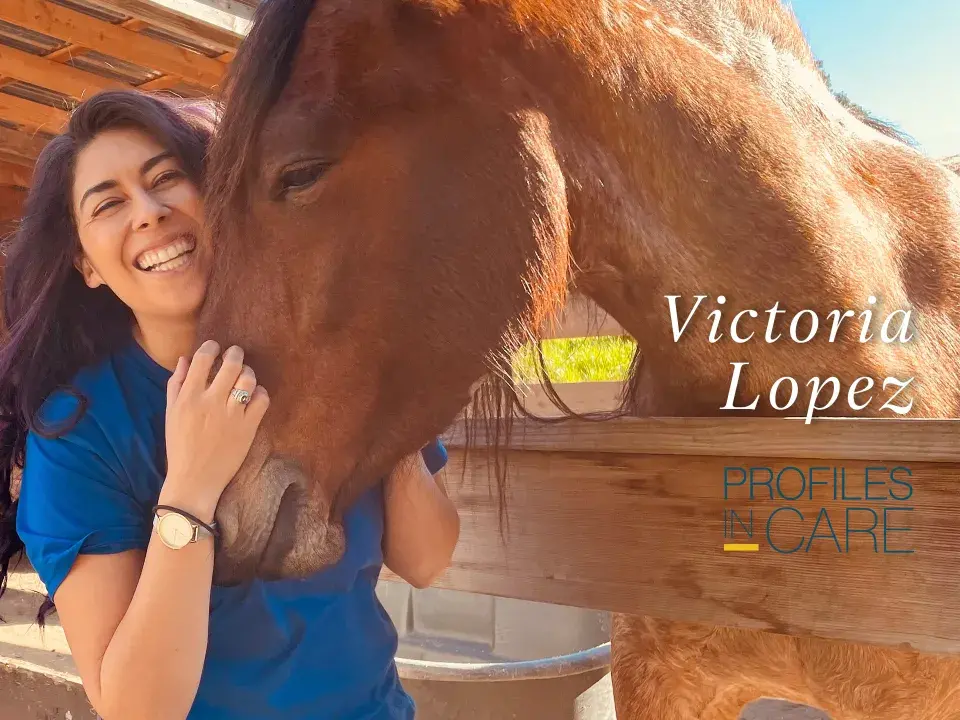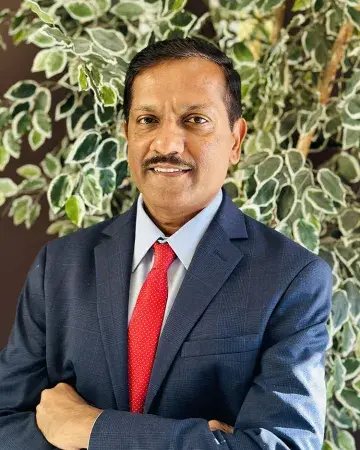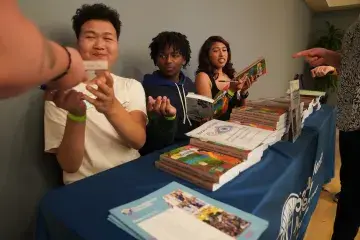What’s Occupational Therapy? Gardening, Journaling, and Riding Horses

Victoria Lopez, OTD ’21, sat close by and watched as an occupational therapist worked with a 5-year-old who had autism. The girl bounced on an inflatable yoga ball. Sometimes the therapist took the ball and gently rolled it over the girl as she squirmed with delight on the clinic’s floor. It was clear she was having a good time—but there was more to it.
“Watch how her pupils constrict,” said the therapist to Lopez. “That can be a sign that means she’s more grounded.”
The therapist was using play as therapy to help the girl focus so that she could better perform tasks. The therapy ball helped her become aware of herself, and when rolled on top of her, the firm pressure had a calming effect. As the therapist repeated this kind of play over weeks or months, the young girl would develop a more persistent ability to concentrate in different areas of her life, the therapist explained.
Lopez—who, at the time, was studying speech-language pathology and audiology at California State University, Sacramento—was fascinated. She, too, worked with the girl at the clinic, but as a behavioral therapist—focusing more on correcting behavioral issues. Afterward, Lopez went to her car and Googled “occupational therapy.”
She found that it was a bit tricky to define, even for people in the field. “It means different things, depending on the setting you’re in,” Lopez said. "But in general, occupational therapy uses activities such as playing, gardening, journaling, and riding a horse to help clients succeed in their goals—whether that’s learning to dress themself or recovering from PTSD. Occupational therapists often specialize in areas such as gerontology, mental health, pediatrics, and physical rehabilitation.
“It totally changed my academic journey,” said Lopez, a first-generation college student. “After seeing it in action and seeing how positively the girl responded to what the therapist was doing, I just felt occupational therapy calling to me.”
“I felt a sense of community with the students”
When she finished her bachelor’s degree in Sacramento, Lopez moved to North Carolina to experience life in a different part of the country. With her experience working with kids and a teaching certification that she earned online while in college, Lopez found a job teaching Spanish. She also started taking prerequisite courses for occupational therapy.
Samuel Merritt University was one of the few schools in the country, at the time, offering a doctorate in occupational therapy. Two years later, in 2019, Lopez returned to California to visit campus, take a tour, meet faculty, and conduct an entrance interview. “I felt a sense of community with the students who were there,” Lopez says. “It was a diverse student body, and that made me feel welcome and more comfortable.”
At SMU, she took on the role of co-president of the Student Occupational Therapy Association and became a student ambassador and a writing and ESL tutor.
Hands-on learning and doing
Some of the exciting parts of being an occupational therapy student are the hands-on learning experiences with clients, Lopez says. To fulfill her fieldwork requirements, Lopez worked in five different settings, including a nursing home and a psychiatric hospital. Her clients ranged from people recovering from car accidents and gunshot wounds to people with dementia. She’s currently working at The National Center for Equine Facilitated Therapy, where horses are used for therapy. If a child has poor coordination or balance from an accident or a disease, for example, riding a horse is an effective and fun way of building core muscles.
“You’re using your back muscles, your trunk muscles, your leg muscles, just to stay seated as the horse walks,” said Lopez. “Building those muscles may translate into less falls or bumps in daily life.”
Lopez hasn’t decided on a particular career focus after graduation but wants to continue along the lines of her fieldwork and is drawn to nonprofits. Eventually, she wants to become an OT professor.
“I’d love to combine my passion for occupational therapy with teaching, this time with adults—maybe even first-generation students like me. I’d like to pass my good fortune forward.”


